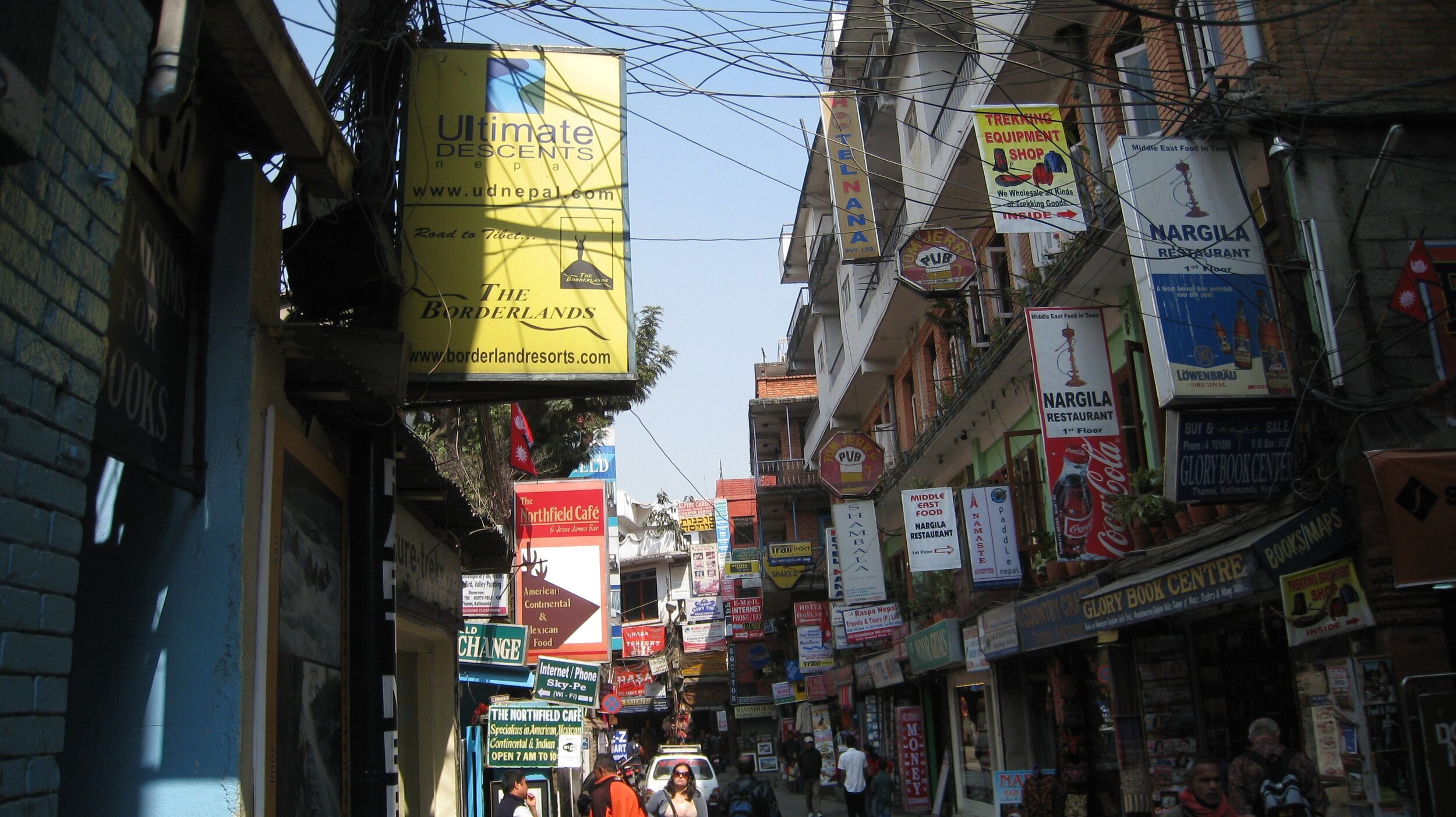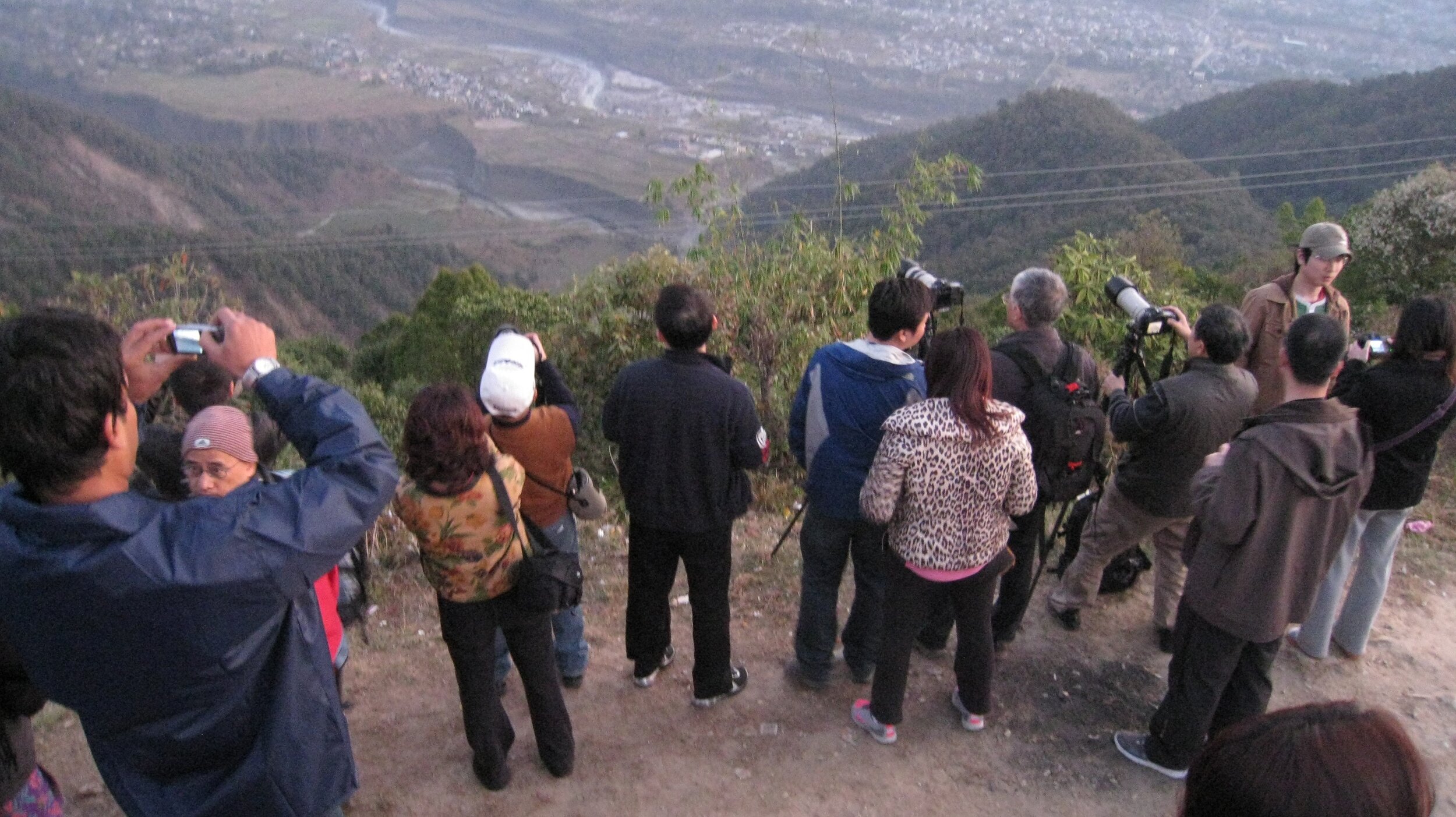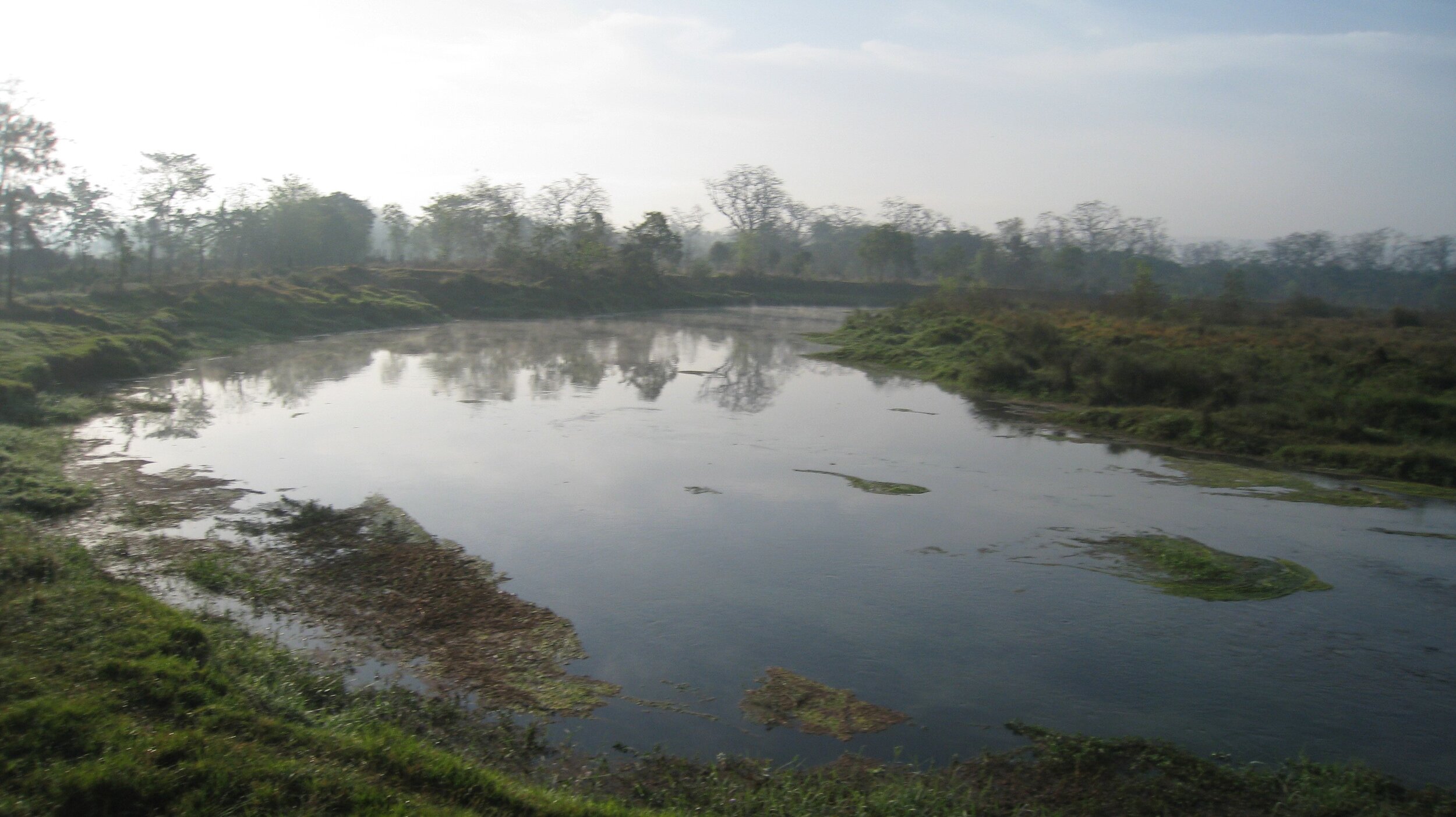News from Nepal
The country has faced the challenges of Coronavirus; the subsequent lockdown and closure of borders; the oil price crash and loss of most migrant jobs in the Gulf States; severe monsoon and extensive flooding, homelessness and loss of life; border conflicts with India and China and the cancellation or tourism . . .
Coronavirus in Nepal
The first confirmed case of coronavirus in Nepal was on 23rd January in a Wuhan returnee. There were no more confirmed cases until the end of March when the virus was detected in people returning from abroad – mainly from India. On 22nd March, international flights were suspended and on 24th March the country was locked down until 21st July. Today, 2nd October, Nepal has reported 80,000 positive cases and 509 deaths (17 deaths/one million population compared to UK with 621deaths/one million population). Nepal has a young population and most cases of coronavirus (80%) are in young men. Kathmandu and provinces in the south close to India have most cases. Since September, the country is slowly opening up. The airport is now open to some international commercial flights and domestic flights. Intercity buses are running again and hotels and restaurants are now permitted to open. Today (4th October) entry to British citizens is still prohibited but the Nepalese government is planning to reopen the borders to international travellers from 17th October. They will be required to have a Covid PCR test within 72 hours of travel and will not need to quarantine.
Migrants
For a long time, Nepal and other poor South Asian countries have supplied workers for construction sites and as domestic labour in the Gulf states, South Korea and Malaysia. It is estimated that this contributes to over 50% of GDP. This migration is now flowing in reverse as the crashing oil prices and the coronavirus pandemic has brought construction projects to a halt leading to massive layoffs. Many migrants have been left unpaid and destitute but the Nepalese government has pledged to support them to return home.
There are promises to help all stranded migrants both documented and undocumented but the latter group have so far been largely left out. As of 3rd September, 126,000 migrants have registered to return home; so far, 44,000 have been repatriated. Limited international flights has slowed the process of repatriation.
As well as workers travelling overseas, many Nepalese cross the land border into India for work. When India locked down, thousands returned to Nepal. 76,000 crossed the Nepalgunj border point in the summer but now India has relaxed its lockdown, 22,000 were recorded to return to India via Nepalgunj in September as they could not find work in Nepal.
Floods
The 2020 monsoon in South Asia was heavy this year and there was extensive flooding in Nepal, India and Bangladesh. More than 1,300 people have been killed in the region and millions made homeless. Roads and farms have been washed away. Monsoon damage is an annual occurrence in Nepal but this year was one of the worst.
Tourism
International tourism has come to a halt this year and the Visit Nepal 2020 Campaign was cancelled. The country has been closed to international tourists since March but plans are to re-open mid October. Although tourism is important to Nepal, the tourist sector only contributes about 8% to GDP compared to the service industry of 57%. In 2018, tourism employed over one million people.
Border Conflicts
There are on-going border conflicts with India and China. Recently there have been allegations that China has crossed the border and constructed 11 buildings on Nepalese soil in Lampcha village near the Tibetan border.







